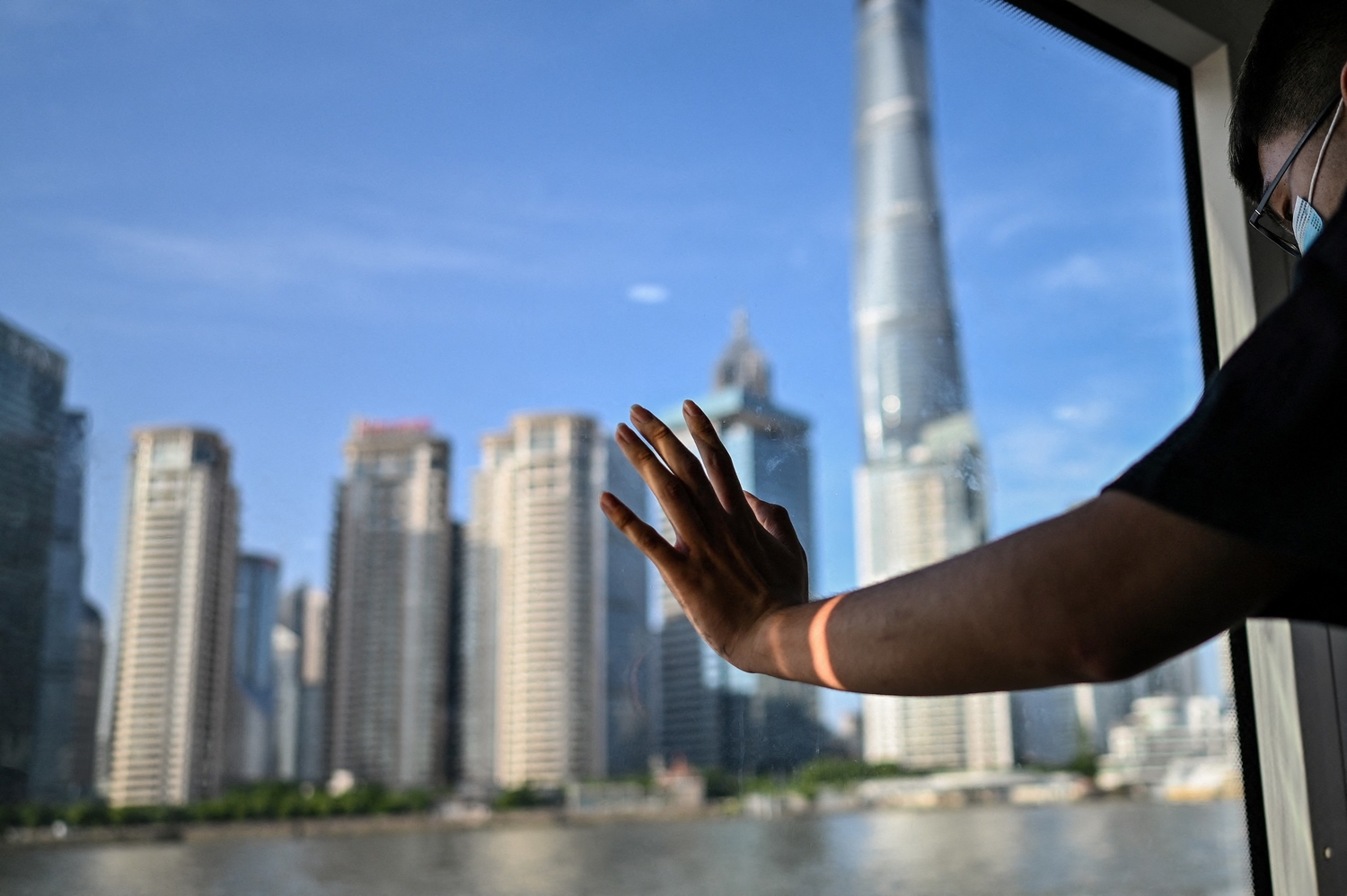Five years after its first post, The China NGO Project is closing up shop. When we began in 2017, we hoped to help international nonprofits working in China make sense of the new legal regime they found themselves under after the passage of China’s Foreign NGO Law. We faced many of the same challenges as the community as a whole: a lack of detailed official information, difficulty finding candid interlocutors, and a seemingly unresolvable tension between open information sharing and the perceived need for caution and discretion.
Many of the community’s biggest open questions related to the new administrative procedures the law required NGOs to perform in order to secure permission to continue or initiate their work in China. These found some sort of answer within the first year or two of the law’s implementation. At that point, however, it became clear that many other uncertainties would never be definitively cleared up. The Foreign NGO Law offered some concrete guidelines but left plenty of room for individual authorities’ discretion. This was a feature, not a bug, of the system. Local officials could enforce unspoken protocols—limiting which foreign NGOs would be allowed to register, and in which geographical or issue areas those NGOs would be permitted to work—without Beijing’s enshrining those limitations in law.
Then, the world went sideways. Since we took stock in early 2020, COVID-19 has upended all of our lives in countless ways. It drastically limited the flow of people across China’s borders, a huge change for foreign NGOs maintaining operations there. Later that same year, Hong Kong’s National Security Law came into effect, shrinking the space for all of civil society in the city, including NGOs with programs in mainland China.
And yet, these momentous changes seem to have only marginally impacted the overall trend of international nonprofit work in China.
Foreign NGOs still tend to focus on work congenial to Beijing and eschew “controversial” issue areas like media, human rights, or religious issues. Trade or industry associations continue to dominate new representative office registrations. Since 2020, they have only become a larger percentage of newly-established offices; in 2021, they accounted for nearly 80 percent of representative offices registered that year.
Similarly, temporary activity work tends to be clustered in one of several issue areas. As has been the case since the Foreign NGO Law went into effect, about half of all temporary activities are related in some way to educational initiatives.
Geography still determines a large part of foreign NGOs’ destinies, both in terms of their home territory and where they end up working in China. Hong Kong-based NGOs continue to initiate about half of all temporary activities, though the number of activities they began in 2020 was closer to 40 percent, possibly due to anti-COVID measures. They also make up a fifth of all representative office registrations so far this year—a nearly 10 percent increase over the last two years, but also an increase over the last four years, matching 2017, the year the NGO Law went into effect.
Just over half of all representatives offices are located in Beijing and Shanghai. While temporary activities may occur in multiple locations, over half of them take place, at least in part, in either Guangdong, Beijing, or Shanghai. This no doubt reflects many foreign workers’ preference for living in major coastal metropolises. For business-oriented NGOs, it also likely reflects the location of their constituencies. Regardless, the fact remains that relatively few international groups are operating outside of large coastal cities with any regularity.
The one minor but notable change in overall trends comes courtesy of the ongoing global pandemic. COVID has almost certainly knocked many groups’ plans off kilter, particularly during the last few months of exceptionally strict lockdowns in Shanghai. The number of temporary activities initiated in May and June of this year are fewer than in any May and June since the promulgation of the Foreign NGO Law. In May 2017, five months after the Foreign NGO Law went into effect, and only two months after the first temporary activities began, foreign NGOs initiated 49 temporary activities. In May 2022, international groups initiated only 32 activities. For June 2017 and June 2022, those figures are 48 and 22, respectively. It is difficult to know, however, how fleeting any of these effects are. Will international nonprofits rebound from the current lull? Or will NGOs begin to minimize their work in China given the current uncertainties and difficulties? Or are these lower figures simply artifacts of delayed public reporting due to the pandemic?
The Foreign NGO regulatory space seems to have found its level. This means that it is time for The China NGO Project to come to an end. The website will remain up and running as a historical archive but will not be further updated.
Thank you to everyone in the community who contributed, in ways both public and behind-the-scenes, to this effort.
Based on data available as of July 1, 2022. Data cut-off date: June 30, 2022.
The China NGO Project has assigned “fields of work” to each foreign NGO that has registered a representative office or successfully filed for a temporary activity, based on information provided on the Ministry of Public Security website about each NGO’s scope of work. Each office or activity may touch on multiple fields of work and can therefore be counted multiple times. This categorization system is more art than science—though we use a set of categorization standards we’ve developed over time, our categorizations are still based on sometimes fuzzy descriptions of activities and involve some subjective judgment.
